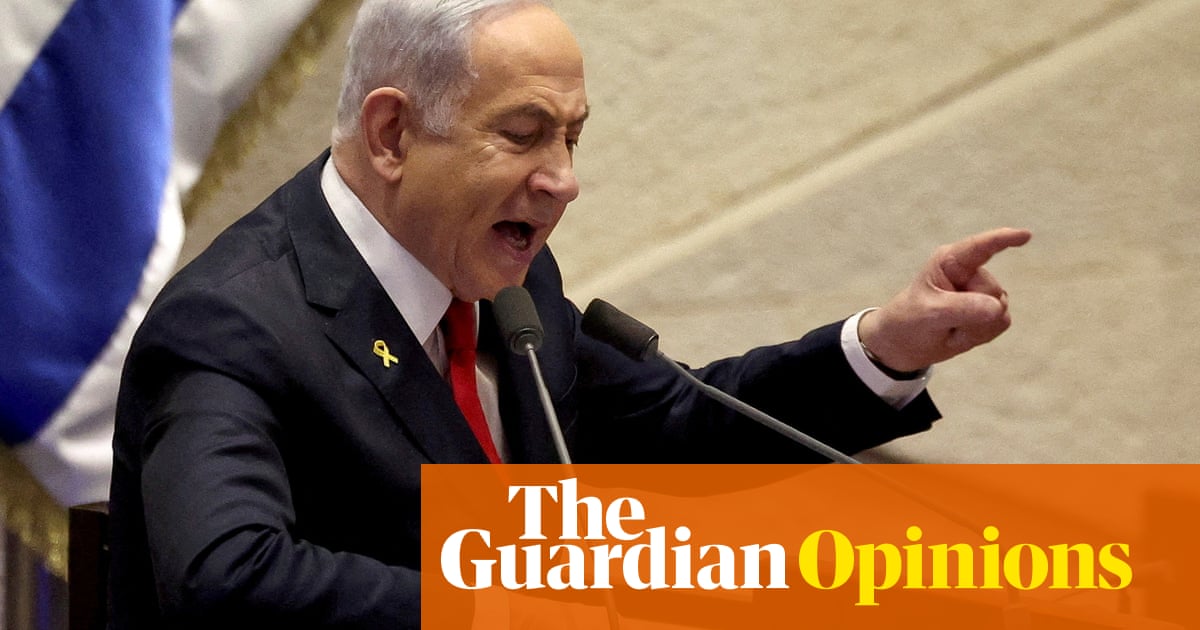Traders on the floor of the New York Stock Exchange are finding themselves in turbulent times. President Donald Trump’s tariff policies have been rattling the stock market, raising fears of a brewing global trade war that has investors on edge.
You might be wondering why trade policies are causing so much concern among stock investors. The crux of it is that a protracted trade conflict could pose significant threats to corporate earnings and the broader U.S. economy, according to investment analysts. However, this scenario isn’t set in stone. The Trump administration could potentially mitigate these impacts by negotiating trade deals, experts suggest.
“But if negotiations don’t pan out, we might see the markets sinking further,” warns Thomas Mathews of Capital Economics in a note on Monday.
Turning to the magnitude of the stock sell-off, the S&P 500 took a hard hit, plunging nearly 11% over two trading days ending last Friday. This drop marks the most significant two-day decline since early in the COVID-19 pandemic on March 12, 2020, and the fourth worst since 1950, notes Callie Cox of Ritholtz Wealth Management. Briefly, stocks touched “bear market” territory, dropping 20% from their recent highs, though they recovered some ground on Monday.
The market turmoil was sparked by Trump’s sweeping announcement of a 10% baseline tariff on U.S. trading partners, with even higher rates for countries like China and members of the European Union. This unexpected move left many investors reeling.
“Investors were caught off guard by the breadth of the announcement, which led to a substantial market sell-off,” explained Chris Harvey from Wells Fargo Securities.
On Wall Street, there’s growing anxiety about what this means for economic growth. The stock market tends to react negatively when investors sense widespread threats. Tariffs are especially problematic because they raise costs for U.S. businesses importing goods. While some companies might absorb these costs to keep consumer prices steady, this can eat into their profits.
Economists anticipate that businesses will inevitably pass some costs on to consumers. According to Yale’s Budget Lab, current tariff policies might reduce the average household’s purchasing power by $3,800 annually. Such cost pressures could lead consumers to cut back on spending, hitting company profits and potentially leading to layoffs—a move that would further strain consumer spending, which drives about 70% of the U.S. economy.
And then there’s the issue of retaliatory measures, which exacerbate these issues. Following the U.S. announcement, China imposed a 34% tariff on U.S. products, vowing to “fight to the end,” while Canada and the EU have prepared their own measures in response.
Interestingly, the markets saw a bit of a rally on Tuesday morning, with the S&P 500 rising over 2% amid optimism for trade deals involving China and South Korea.
Retaliatory tariffs make American goods more costly abroad, further stressing export-reliant sectors, possibly leading to more layoffs and diminished consumer spending. “We expect widespread adoption of retaliatory tariffs from countries outside the U.S.,” noted the Wells Fargo Investment Institute on Friday. They forecast a “significant reduction” in U.S. economic growth for 2025 due to “unexpectedly sharp tariff hikes,” adjusting their GDP growth prediction down to 1% from 2.5%.
At the moment, the economy hasn’t shown signs of severe weakening, says Joe Seydl of J.P. Morgan Private Bank. However, if these tariff policies persist, they could trigger a “mild” recession in the U.S., he adds.
Tariffs are also expected to impact inflation and interest rates. Economists predict a climb in U.S. inflation this year as tariffs drive price increases. Federal Reserve Chair Jerome Powell indicated that although tariffs will likely elevate inflation in the short term, the effects might be more enduring—potentially leading the Fed to hold off on cutting interest rates as swiftly as planned.
Higher borrowing costs for businesses could impede their growth opportunities by stifling investment and expansion.
Uncertainty, not tariffs per se, is what really unsettles the market. The continual “tariff battle” is starkly unlike what we saw during Trump’s first term, notes Seydl. Back then, tariffs affected about $380 billion in imports, whereas current tariffs impact over $2.5 trillion—an escalation of sevenfold.
Moreover, the current administration’s approach to tariffs and its communication strategy have shifted, removing previous market volatility concerns, which Seydl believes is a key factor driving today’s sell-off.
“The capital markets, particularly equities, are issuing warnings to the Administration that things are not on the right track, with increased chances of recession, job losses, and detrimental wealth effects,” writes Harvey from Wells Fargo. The administration’s dismissal of these signals is only creating a negative cycle, Harvey notes.
Complicating matters further, uncertainty around tariffs’ scope, objectives, duration, and the White House’s economic tolerance has investors struggling to evaluate market risks.
While tariff policy served as a flashpoint for the recent market fallout, it was not the sole trigger, analysts argue. Market valuations were already high as we entered 2025, with stocks trading at 22 times forward earnings—much higher than the historic averages, observes Seydl. In such a scenario, markets are hypersensitive to adverse news.


















